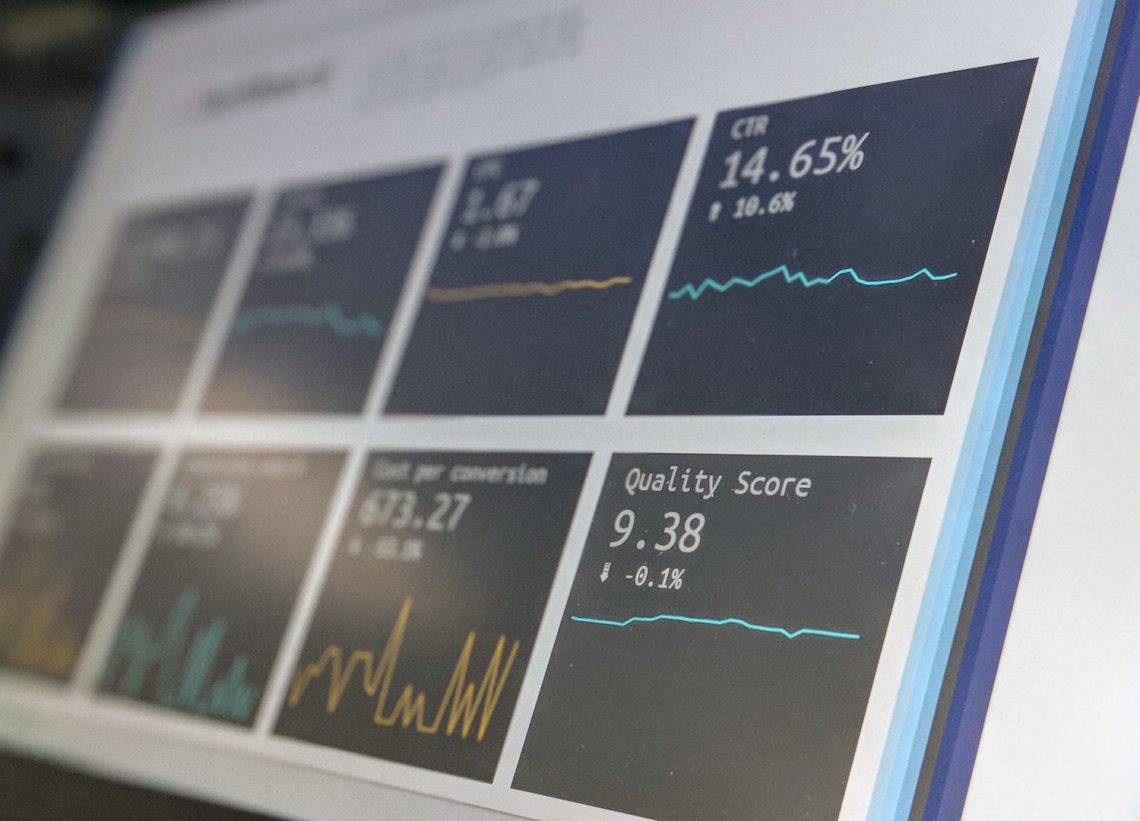Picture this: A customer is navigating your e-commerce website and is experiencing difficulties in making a purchase. They just added an item to the shopping cart but halfway through, as if second-guessing their decision, abandon the cart and leave without completing the purchase. It’s quite disheartening not knowing why they gave up on the purchase, but more disheartening is not knowing what to do next.
Now, imagine if you had data-mined their personal details including email address. Wouldn’t you try to remarket the same product or service to them? As a sales marketer or product manager, this tracked data provides helpful insights on who the customer is, their behavior and tendencies, and which product or service tickles their fancy. That’s what customer experience analytics is all about in general.
Seizing the power that is analytics
We know, like every online business, you’d want to experience the second scenario above. It’s a given; data collected from customers will help you better understand their needs, even help you meet these needs in a timely fashion.
There are two sides to this coin: The data (experience analytics) helps you understand a customer’s journey (customer experience) when they navigate your site.
So, to put it another way, when a new customer navigates your site their journey is tracked, and when you use analytic tools to track their actions, you learn a customer’s tendencies and behaviors.
And these behaviors include, but not limited to, time spent on your website, duration of their stay on certain web pages or products and services, where they clicked the most, where product abandonment occurred and what led to it, and you’ll also tell if they got back after remarketing your products to them.
This data helps you wield power that is customer experience. It helps you increase revenue and analyze the best marketing strategies to employ on customers at any given time.
Is experience analytics data useful?
Certainly. Most companies use customer experience analytics to provide insightful analysis about their customers. But it’s a real challenge; analyzing all this data to find the right marketing strategies to scale their sales higher. It’s not easy especially having collected hundreds of thousands of data from every new customer that visits your site.
According to research, most of the collected data is stored and remained ‘untouched’ as most online businesses lack the right tools to analyze the mountain of data at their disposal. So some companies are not making use of these data analytics, which when properly organized can provide a customer’s story.
Through web analytics tools such as heat maps, session replay recordings, etc., you can easily pinpoint or discover which barriers a customer experiences along the way. The customer journey is a series of steps that flow through each other. If at a particular stage the steps experience a break, you lose a customer before they even complete a purchase. So, yes, customer interactions analytics are useful.
If you want to grow your online business, improve its user experience, and boost sales significantly, it is essential to employ the use of customer experience analysis. Use its power to enhance your product and services, and improve the overall performance of your website.
